Introduction to the flavor characteristics of coffee beans in the province of Avachapan in El Salvador
Professional coffee knowledge exchange more coffee bean information please follow the coffee workshop (Wechat official account cafe_style)
El Salvador Avachapan coffee beans of single origin series
* producing area: Latin America
* degree of baking: medium baking
* processing method: washing treatment
* flavor: sweet citrus flavor
With a hint of milk chocolate flavor
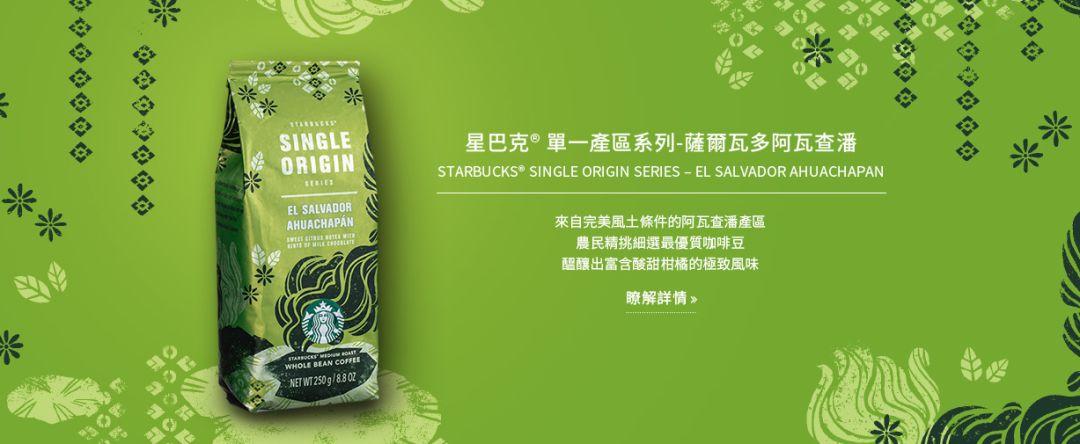
Growth process
Hot spring eggs are almost known to everyone
Have you ever heard of hot spring beans?
The secret of Avachapan is
The source of water used in washing treatment
It is mainly made from hot spring water from the town of Agua Kalente.
Is a very rare way in the world.

The water temperature of the source is 85 degrees.
The spring is diverted to six hot spring pools at different elevations
The temperature to the sixth hot spring pool is about 32 Murray 34 degrees.
Then use the cooled hot spring water to process raw coffee beans.
This magical baptism enhances the sweetness of coffee.
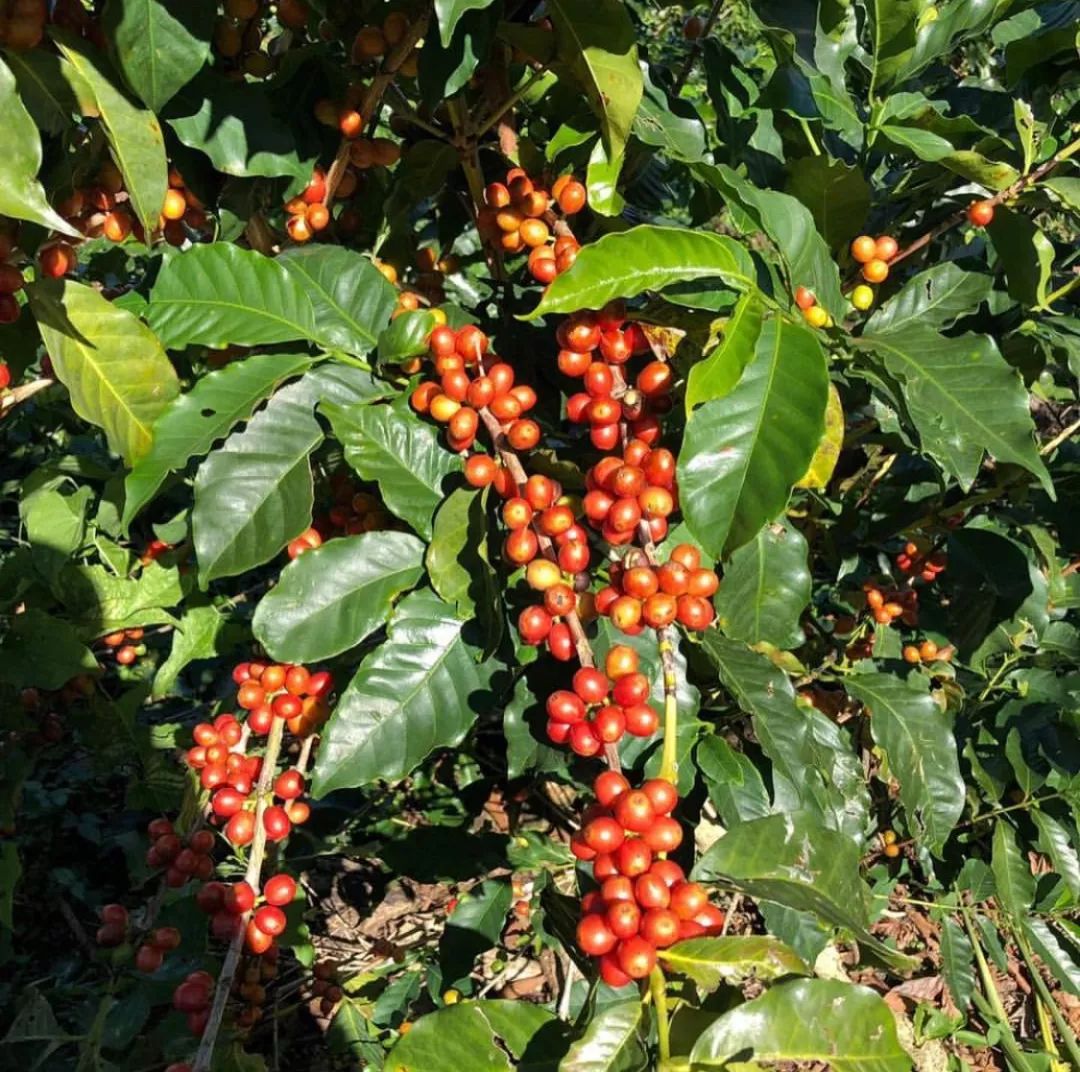
The past
Coffee in every country has its origin.
Avachapan is the birthplace of coffee in El Salvador.
Coffee beans were first introduced to El Salvador in 1770.
Legend has it that two farmers accidentally found coffee while ploughing the fields.
Since then, it has affected the development of Avachapan.
Avachapan has had a long coffee family since 1890.
They were the first to grow, process and export coffee beans.
El Salvador is known as the "land of volcanoes"
The farm is located in the Apaenca-Lamatepec mountains.
Near Sante Ana, one of the most active volcanoes.
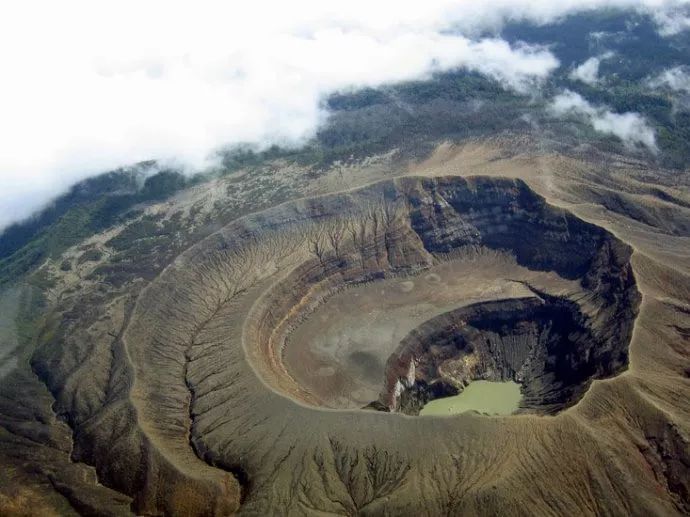
Sante Ana volcano
Place of birth
And those who came to Starbucks' single producing area for the first time
El Salvador Avachapan is planted in
Apaenca-Lamatepec Mountains
There are four active volcanoes in the area
Among them, Santa Anna broke out in 2005
It belongs to fertile volcanic soil.
The most common thing we hear in our country is
Red soil, black soil, purple soil, loess

Santa Anna is sandy soil.
This kind of soil has good drainage capacity, which is helpful to the growth of coffee trees.
Coffee seems to be full of native plants and volcanic soil.
The Master Coffee Book says: geography is flavor
The area is located at high altitude, with warm days and crisp nights.
The temperature difference between day and night is large.
Delayed the ripening time of coffee cherries.
Brew a richer flavor
This has become the local condition for growing Avachapan.
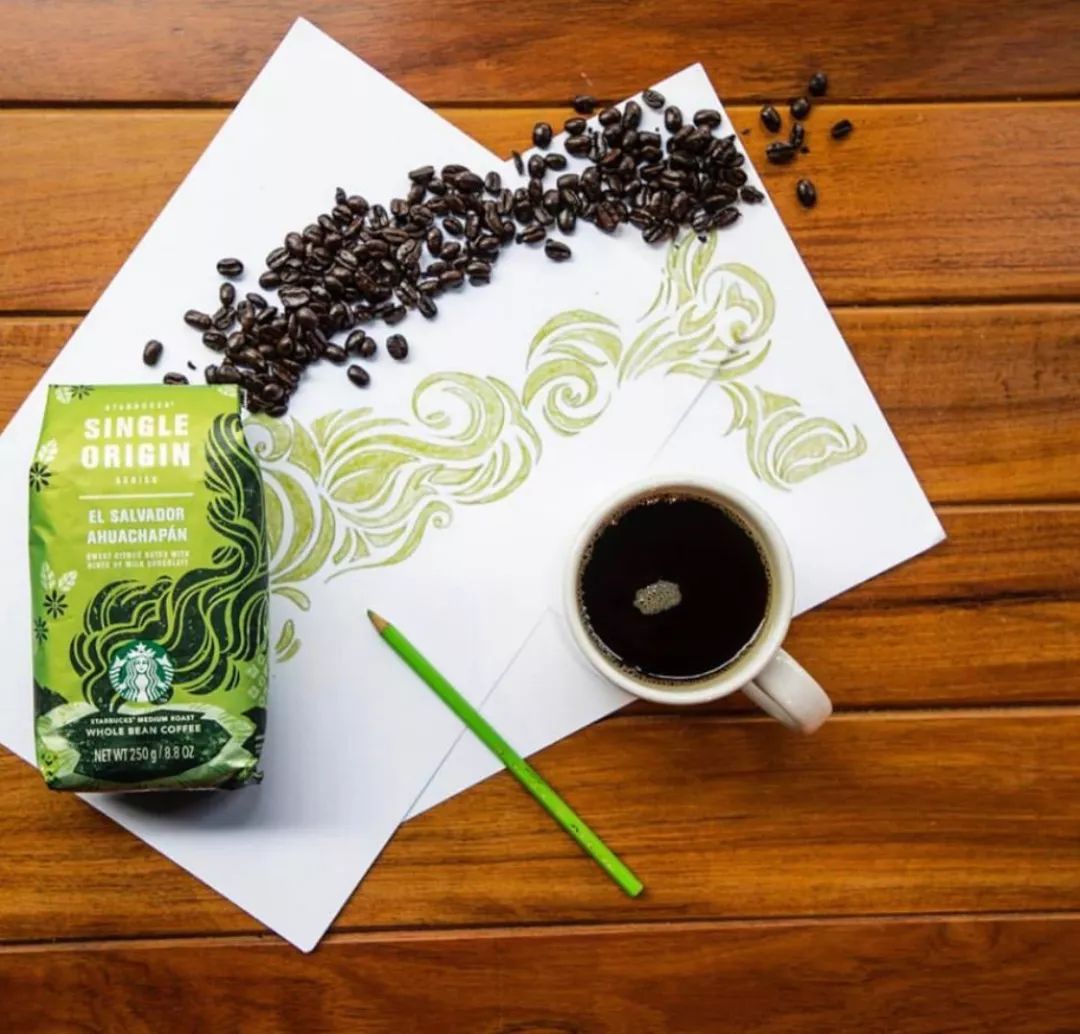
New beans in spring 2019
Starbucks single origin series
El Salvador Avachapan coffee beans
Sweet citrus and light milk chocolate flavor
Since coffee trees were first discovered in the fields of two farmers at the end of the 18th century, the history of coffee in El Salvador began in the Avachapan region. Coffee grows luxuriantly in the Apacaramatepec (Apaenca-Lamatepec) mountains, concealed by native vegetation and nourished by volcanic soil. Skilled coffee farmers maintain an accurate screening system. Coffee berries are carefully picked by hand and sent to the processing plant for processing. In this magical land, coffee farmers use their skills to give birth to coffee with a sweet and fruity flavor.
Alcohol: medium
Acidity: medium
Baking degree: medium baking
Origin of raw coffee beans: Latin America
Processing method: washing method
Food pairing: dark chocolate, cocoa and oranges--
(the above is the content on the back of the small green card)
END
Formerly known as "San Salvador" and "Bahia". An important natural deep-water port on the Atlantic coast of Brazil, the capital of Bahia state. It is located on the east bank of Todos (Santos) Bay. With a population of 3459377 (as of August 1, 2010), it is the eighth largest city in Brazil. The ancient city, one of the oldest cities in Brazil, was founded in 1549, and the first churches were built by Jesuit priests in 1549. El Salvador was the capital of Brazil until 1763. It is a comprehensive industrial and commercial city. Oil is produced in the nearby Kandyas oil field. Industries include petroleum refining and petrochemistry, automobiles, food, tobacco, textiles, shipbuilding and so on. There are well-developed land and sea transportation and airports on the outskirts of the city. The port is open and deep, can berth ocean-going ships and super oil tankers, and export textiles, tobacco, coffee, oil and so on. The urban area is built on a peninsula extending into the Atlantic Ocean, divided into high and low cities, with lifts and cable cars connected. Multi-colonial buildings and churches, as well as universities and museums. With beautiful seaside scenery, it is a tourist resort with more than 160 churches (another source: "there are 76 churches in the urban area"), making it the city with the largest number of churches in Latin America. There are bright lines
Scenery of El Salvador
Scenery of El Salvador
A beautiful Gothic church; a luxurious and luxurious Baroque church with undulating lines and a sense of movement; the largest church is the church of Vasilla; the oldest is the church of the Madonna of Martris; built in 1549 The most gorgeous St. Francis de Assis church, decorated with 300kg of gold and 80kg of silver, is now a religious gallery, showing visitors many historical relics. Among them, most of the Catholic works of art El Salvador's domestic topography is mainly mountains, plateaus, volcanoes, known as the "volcanic country", the Santa Ana active volcano 2385 meters above sea level, the highest peak in the country The northern part of the country is the Lompa River Valley and the southern part is the narrow coastal plain.
Climatic characteristics
El Salvador has a tropical climate, with an annual average temperature of 28 ℃; the dry season from November to April and the rainy season from May to October; the humid and hot coastal and lowland climate and cool mountain climate; the annual precipitation is more than 1800 mm in the mountains and about 1000 mm in the coastal zone.
Administrative division editor
Details of zoning
El Salvador is divided into 14 provinces, each with a total of 262 municipalities; the provinces are: Avachapan, SonSonat, Santa Ana, Laliberta, San Salvador, Charatnango, Cuscartland, La Paz, Saint Vicente, Cavanias, Ursulutan, San Miguel, Morasang and La Union.
Avachapan
Derived from El Salvador's Avachapan region, citrus fruit has a smooth flavor of milk chocolate with black cocoa aromas on the finish.
Avachapan province is located in the western province of El Salvador, the capital Avachapan, located on the border with Guatemala, is the westernmost region of Saldova and the most important coffee production center. Benefiting from the surrounding mountains, the Avachapan area is dominated by geothermal and hydroelectric power.
Don't underestimate El Salvador's coffee production. In its heyday, it was once the fourth largest coffee producer in the world, but decades of civil war almost dragged down the coffee industry. fortunately, the war has stopped in recent years, and the coffee industry has come back to life. The only benefit that the civil war brought to the Salvadoran country was that the farmers' fields were barren and failed to catch up with the most popular Katimo exposure train in the past two decades, thus preserving the ancient varieties of bourbon and Tibica, that is to say, El Salvador still uses the most traditional shade planting, which is of positive significance to the aroma of coffee. In 2005, the Salvadoran mixed-race variety Pacamara boasted in coe, which confused many international cup testers and did not know how to grade it. It never expected that this hybrid bean not only broke the mellow boundary of coffee, but also expanded the visibility of Salvadoran coffee from Pacamara to artificially cultivated varieties of Pacas and Maragogipe. It was first cultivated by researchers in El Salvador in 1958. Pacamara is an excellent variety under rare artificial breeding, which is better than blue, and perfectly inherits the advantages of the mother plant. Both the excellent taste of Pacas and the large size of Maragogipe are inherited by raw bean granules. The bean body is at least 70% and 80% of that of elephant beans, with more than 17 orders and more than 100% and more than 18 eyes. Average bean length 1.03 cm (general bean about 0.8-0.85 cm) average bean width 0.71 cm (general bean about 0.6-0.65), thickness 0.37 cm, bean shape plump and round. The biggest feature of this variety is that it is sour, lively and tricky, sometimes biscuit, sometimes fruity, thick and greasy. The best flavor from El Salvador and Guatemala: balanced taste and good texture.
Recommended baking method: moderate to deep, with a variety of uses
Top quality beans: El Salvador SHB
Taste characteristics: sour, bitter, sweet mild and moderate.
Salvadoran coffee ranks side by side with Mexico and Guatemala as the producers of Asa and Merdo, and is fighting for the top one or two places in China and the United States with other countries. The highlands of origin are large coffee beans of all sizes, which are fragrant and mild in taste. Like Guatemala and Costa Rica, coffee in El Salvador is graded according to altitude. The higher the altitude, the better the coffee. It is divided into three grades according to elevation: SHB (strictlyhighgrown) = highlands, HEC (highgrowncentral) = mid-highlands, and CS (centralstandard) = lowlands. The best brand is Pipil, which is what the Aztec-Mayan (Aztec-Mayan) called coffee, which has been recognized by the American Organic Certification Society (OrganicCertifiedlnstituteofAmerica).
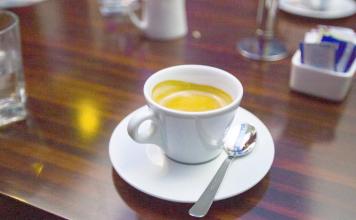
Important Notice :
前街咖啡 FrontStreet Coffee has moved to new addredd:
FrontStreet Coffee Address: 315,Donghua East Road,GuangZhou
Tel:020 38364473
- Prev

Meticulous and smooth Cuban Crystal Coffee Flavor introduction to the characteristics of Fine Coffee in Manor
The area is 109884 square kilometers [3], of which Cuba is 104555.61 square kilometers and the surrounding islands and reefs are 3126.43 square kilometers. Cuba is located in the northwest of the Caribbean Sea, facing Haiti to the east, 140 kilometers to the south from Jamaica and 217 kilometers to the north from the top of the Florida Peninsula. Cuba is made up of more than 1600 islands, including Cuba and Youth Island (formerly Pine Island). It is the West Indies.
- Next
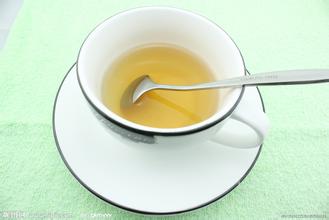
Introduction to the characteristics of Nicaraguan Coffee Flavor in Manor area
Nicaragua Plain has a high temperature and rainy climate, and belongs to tropical marine climate; in the western coastal lowlands, the precipitation is obviously less than that in the east, and there are dry and wet seasons, so it belongs to the savanna climate; the average annual temperature in the central highlands is 18 ℃, and the annual precipitation is 1500 ℃ 2500mm. During the rainy season from May to December, Managua, the capital of Nicaragua, is located in the west of the country, located on the south bank of Managua Lake, hence the name.
Related
- Detailed explanation of Jadeite planting Land in Panamanian Jadeite Manor introduction to the grading system of Jadeite competitive bidding, Red bid, Green bid and Rose Summer
- Story of Coffee planting in Brenka region of Costa Rica Stonehenge Manor anaerobic heavy honey treatment of flavor mouth
- What's on the barrel of Blue Mountain Coffee beans?
- Can American coffee also pull flowers? How to use hot American style to pull out a good-looking pattern?
- Can you make a cold extract with coffee beans? What is the right proportion for cold-extracted coffee formula?
- Indonesian PWN Gold Mandrine Coffee Origin Features Flavor How to Chong? Mandolin coffee is American.
- A brief introduction to the flavor characteristics of Brazilian yellow bourbon coffee beans
- What is the effect of different water quality on the flavor of cold-extracted coffee? What kind of water is best for brewing coffee?
- Why do you think of Rose Summer whenever you mention Panamanian coffee?
- Introduction to the characteristics of authentic blue mountain coffee bean producing areas? What is the CIB Coffee Authority in Jamaica?

